Which shade sail or canopy for your school?
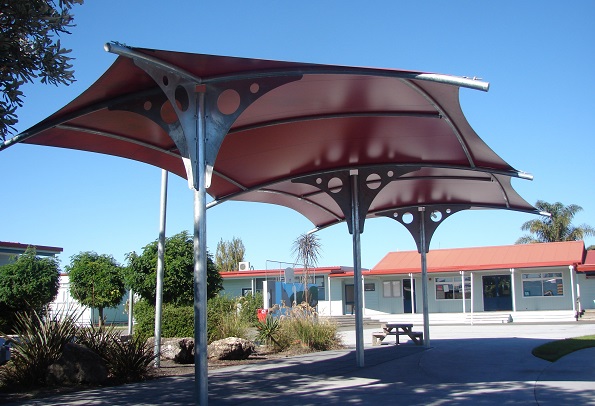
In New Zealand, we have one of the highest rates of skin cancer in the world, with more than 90 per cent of cases attributed to excess sun exposure. And schools, entrusted with the care of the nation’s most precious resource, its children, cannot afford to be lax about sun safety.
Most require or encourage students to wear sunscreen and hats during spring and summer, but provision of shade is important too, and increasing numbers of schools are installing shade sails and canopies.
Shade is a key component to winning SunSmart status, and in decreasing the risk of getting skin cancer. The Cancer Society of New Zealand’s famous slogan, “Slip, slop, slap, wrap” message suggests slipping into shade as much as possible, particularly when the ultraviolet index (UVI) is very high. This tends to be during terms one and four at the very time that pupils are outside eating lunch or involved in outdoor play.
Shaded spaces are recommended for areas where students congregate to eat, and over play equipment, sandpits and courts. Provision for outdoor teaching spaces and small assemblies should be taken into account, too.
It is what qualifies as quality shade that can be unclear. Research confirms that clothing, hats and sunscreen are not 100 per cent effective because of inadequacies in the shading of hats and clothing, and in applying sunscreen. Advice from SunSmart stipulates that high protective shade must use an excellent UVR barrier shading material, and be placed to shade students as the sun moves across the sky. The view of the open sky should also be restricted. This can be done by keeping the edges low. Adjacent landscape, buildings, fences, trees and planting can be used to further reduce this ‘sky view’.
It is important to consider how long students will be beneath the shade and also whether they are likely to be wearing hats and sunscreen. A lower protection factor may be acceptable in shade sails over playgrounds in SunSmart schools where pupils are required to wear hats. Conversely, hats and sunscreen are unlikely to be applied before an hour long art class on a classroom verandah. In this case, the verandah should be carefully designed to give more protection e.g. shield the diffuse UVR from the open sky. The design of shade needs to be appropriate for the intended use and the micro-climate of the location. Consider the path and angle of the sun to ensure the area will be shaded from direct sun between 11am and 4pm, October to March.
In order to absorb and diffuse UVR, surrounding surfaces should be soft and rough. Grass and plants do this well.
Shading materials need to be chosen with care. The Cancer Society recommends a 94 percent barrier to UVR. Many sunshade fabrics can be stretched over frames or tensioned, as ‘sails’, between poles. Horticultural shade-cloth offers lower protection and is not recommended. As UVR protection ratings for translucent sheeting and shade fabrics vary widely, it is important to check with the manufacturer’s specifications before choosing a material.
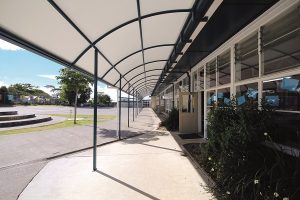 As students get older, they often resist instructions to wear a hat and apply sunblock which means schools have a vital role to play in providing sheltered areas for them.
As students get older, they often resist instructions to wear a hat and apply sunblock which means schools have a vital role to play in providing sheltered areas for them.
Fresco Shades have been supplying fixed canopies to schools in New Zealand for 16 years. The most popular canopies are alongside the classroom blocks where pupils eat and play, and over the playgrounds. Other areas often requiring shade are walkways, drop off and pick up areas, and over tuck shop queuing spaces. Fresco canopies have been designed to link buildings to create common meeting areas or play spaces, and increasingly, there is demand for large shades over netball and tennis courts.
Extensions can also be made to existing canopies to accommodate bigger groups, for example, or a redesigned playground.
The canopies block 99 per cent of ultra violet rays, says company spokesperson Megan Cummins, meaning pupils do not need to wear hats when in the covered areas. They also provide shelter from the rain thereby creating extra space for year-round use.
The architectural strength canopy fabric is designed to repel dirt, and is guaranteed for 15 years. “Most will last much longer. They do need to be thoroughly cleaned each year, which we can do for the school.” This involves hosing down, washing with a soft brush and water with detergent, hosing off again, and wiping over the steel frame. Each canopy is custom-made, and prices vary according to size and complexity. Fresco Shades will supply free quotes and designs, and can assist with building consents if required.
Fresco has its own specially-designed powder coating plant which means that customers do not have to wait on secondary suppliers. “We handle all our own fabrication from our purpose-built premises on Auckland’s North Shore and only use the highest grade steel and PVC materials to ensure strength and longevity.”
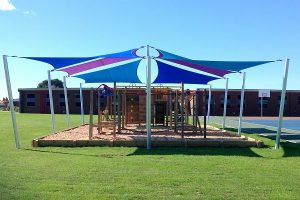 While we all know that outdoor time is invaluable for children, we are also mindful of keeping them safe from harmful UV rays, and helping them to stay dry. This is where all-weather covers come in. A school with covers over sections of its outdoor spaces is much better placed to allow its pupils free range at break times.
While we all know that outdoor time is invaluable for children, we are also mindful of keeping them safe from harmful UV rays, and helping them to stay dry. This is where all-weather covers come in. A school with covers over sections of its outdoor spaces is much better placed to allow its pupils free range at break times.
0800 Sunshade supplies a range of shade products including shade sails, shade structures and outdoor screens. The company has licensees across the North Island and has worked with around 400 schools and kindergartens. In the past six years alone, the company has fabricated and installed more than 1000 shade sails.
“We recommend cover for protecting children on outdoor sports courts, playgrounds and sandpits, as well as lunch areas. Shade sails can also work to protect classrooms from heat and glare,” says 0800 Sunshade licensor Mike König.
There are a range of designs available including the curved Aerospan shade structures and hiproof shade structures, both available with porous or waterproof tops.
The level of protection that is provided depends on the fabric chosen. “Our Z16 porous shade cloth provides up to 99 per cent UV block and 97 per cent shade protection depending on colour choice.”
A well-maintained porous shade sail can be expected to last longer than ten years, and to retain 98 per cent of its UV protection.
Regular cleaning and maintenance is essential to ensure the sunshade lasts, and the company offers service and maintenance contracts.
“We also recommend taking down porous shade sails over winter – this protects them from the extreme winter weather and increases general life expectancy.”
Each shade sail is custom made to specifically fit each project, and licensees use CAD technology to determine the correct size, shape, height and positioning of sunshades verifying shade fall at different times of the day.

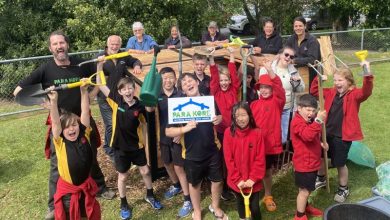
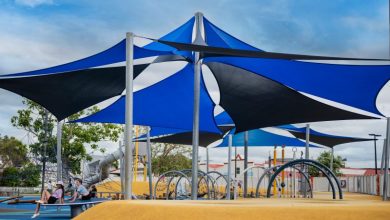

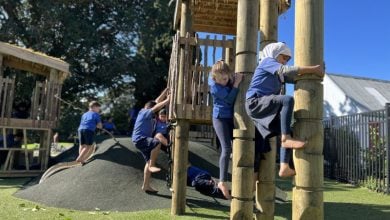

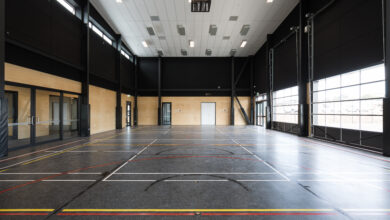


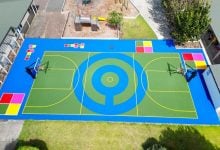
great article, i also want to install one on my store because the students always come to my store to eat and relax. i think its the perfect product for me.